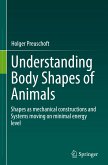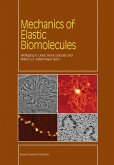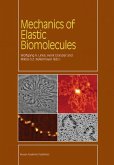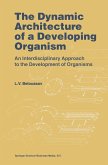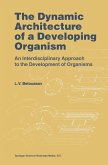This book compiles and reorganizes previously published research to give readers a clear overview of how living systems respond to hydrostatic pressure a force present from the deepest oceans to the human body. Although scientists have recognized its importance for decades, many questions remain. By bringing together work from across the field, this volume provides a comprehensive look at both the physical forces involved and the biological processes they influence.
The central theme is how cells sense pressure and convert it into biological signals, a process known as Mechan transduction. The book is organized into three sections: the first explains what hydrostatic pressure is and why it matters; the second reviews laboratory studies on pressure and fluid flow in different organ systems; and the third examines studies on pressure and stretching forces. Through this reorganized collection of research, the book offers readers a deeper understanding of the essential role hydrostatic pressure plays in biology and health.
The central theme is how cells sense pressure and convert it into biological signals, a process known as Mechan transduction. The book is organized into three sections: the first explains what hydrostatic pressure is and why it matters; the second reviews laboratory studies on pressure and fluid flow in different organ systems; and the third examines studies on pressure and stretching forces. Through this reorganized collection of research, the book offers readers a deeper understanding of the essential role hydrostatic pressure plays in biology and health.


